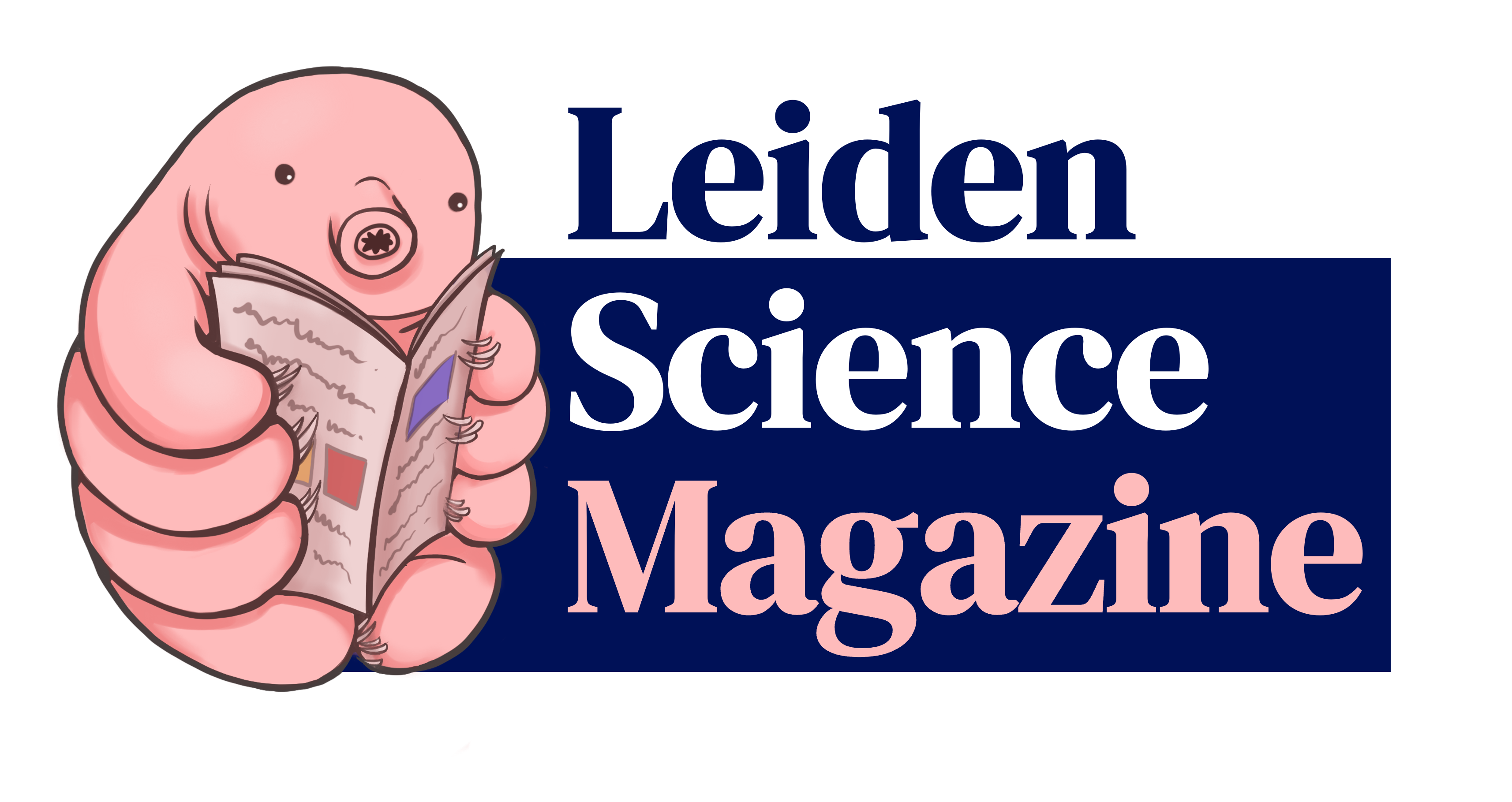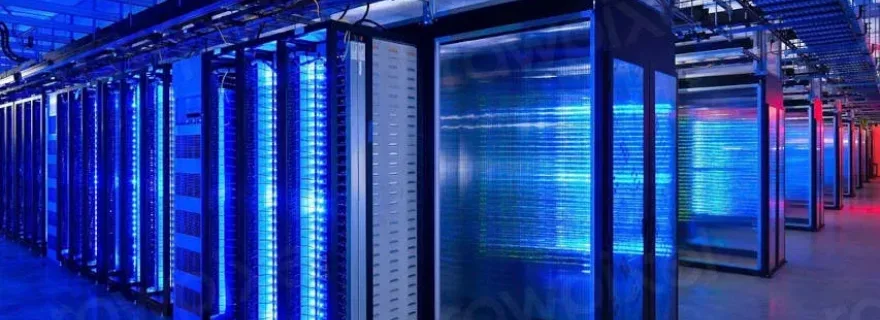The Entire Data of You: A Black Mirror Reality in the Making
The research was promising, the results were amazing, and the future looked bright for medicine through genomics. Suddenly, everything changed and it turned into a black-mirror episode. If we don’t keep the data in our genomes safe, we risk this plot becoming a reality.
Back to basics, the first question we need to ask: what is a genome, and what does it have to do with modern medicine? A genome is all the genetic data of an organism, in our case a human. Researchers want to use people’s genetic data for the optimal treatment of diseases. For example, when you have cancer and need treatment, you want to know what treatment will work. To increase the odds, researchers can look at your genome, and thus your genes, to determine what treatment has the highest chance of working.
Who Will Save It?
How do doctors obtain this data? First, your genome needs to be sequenced. All your nucleotides A, C, G and T, will be read by a special kind of machine. After the sequencing, software is used to assemble your genome. Your genome is around 3 million nucleotide pairs, or hundreds of gigabytes worth of data. This data needs to be accessed by your care provider and also be kept securely. How would one go about this? By following the laws of General Data Protection Regulation (GDPR), which are in place to protect sensitive information, including medical data. A great amount of data can be stored in a server, so healthcare providers can access your data no matter your location. Servers are like big computers that provide services, such as storing data. But who is going to provide these servers - which company is going to host them? - The hospitals? Or could a national intelligence agency like the AIVD or CIA provide them?

Who Can Access It?
Servers are the physical counterpart to the cloud and are usually located in data centres. These buildings are equipped to provide cooling for the servers, so that they can execute various operations like processing data. First things first:you do not want to keep all of your data in one place. Data centres built in multiple different locations ensure that the servers are up from multiple placesin case of disaster - they are georedundant. However, if your data is stored in a server, it is hard to know exactly where your data is being kept. Who are you going to trust? You only want your healthcare providers to be able to see your data, but would you allow private clinics access too? What would happen if health insurance companies got their hands on your genetic data? They might raise your premiums or deny coverage if they discover you're predisposed to certain conditions. If something like that were to happen, then it might feel like we are in a black-mirror episode.
Dangers
What if we take it a step further: imagine what might happen if criminals were to get access to your data. Even when your data is secured by being encrypted, there are still ways to extract your personal information. What if your data was sold to an evil institute or an opposition government. They could use it to make bioweapons, maybe by targeting people with certain genes, like in James Bond: No time to die. Maybe this would not be as futuristic as a nanobot, but a virus could maybe still do the job. If healthcare providers can see which drug will work best for you, they can also see what could kill you easily.
In hindsight, many great inventions also have a dark side. For example, the scientists who first discovered nuclear power never intended for it to be used as a weapon of mass destruction. Before we even begin to dive further into the wonders of the human genome and what it could mean to us, we must first ensure that adequate safety measures and laws are in place to protect us from these dangers. Otherwise, we run the risk of reality turning into a 'Black Mirror' episode called the entire data of you.
Sources
- Gambardella, V., Tarazona, N., Cejalvo, J. M., Lombardi, P., Huerta, M., Roselló, S., Fleitas, T., Roda, D., & Cervantes, A. (2020). Personalized Medicine: Recent progress in cancer therapy. Cancers, 12(4), 1009. https://doi.org/10.3390/cancer...
- General Data Protection Regulation (GDPR) – legal text. (2024, 22 april). General Data Protection Regulation (GDPR). https://gdpr-info.eu/
- Green, E. D., Gunter, C., Biesecker, L. G., Di Francesco, V., Easter, C. L., Feingold, E. A., Felsenfeld, A. L., Kaufman, D. J., Ostrander, E. A., Pavan, W. J., Phillippy, A. M., Wise, A. L., Dayal, J. G., Kish, B. J., Mandich, A., Wellington, C. R., Wetterstrand, K. A., Bates, S. A., Leja, D., . . . Manolio, T. A. (2020). Strategic vision for improving human health at The Forefront of Genomics. Nature, 586(7831), 683–692. https://doi.org/10.1038/s41586...
- Mattick, J. S., Dziadek, M. A., Terrill, B. N., Kaplan, W., Spigelman, A. D., Bowling, F. G., & Dinger, M. E. (2014). The impact of genomics on the future of medicine and health. The Medical Journal Of Australia, 201(1), 17–20. https://doi.org/10.5694/mja13....
- Wang, T., Antonacci-Fulton, L., Howe, K., Lawson, H. A., Lucas, J. K., Phillippy, A. M., Popejoy, A. B., Asri, M., Carson, C., Chaisson, M. J. P., Chang, X., Cook-Deegan, R., Felsenfeld, A. L., Fulton, R. S., Garrison, E. P., Garrison, N. A., Graves-Lindsay, T. A., Ji, H., Kenny, E. E., . . . Haussler, D. (2022). The Human Pangenome Project: a global resource to map genomic diversity. Nature, 604(7906), 437–446. https://doi.org/10.1038/s41586...
- Wikipedia-bijdragers. (2024, 28 september). Server. Wikipedia. https://nl.wikipedia.org/wiki/...






0 Comments
Add a comment